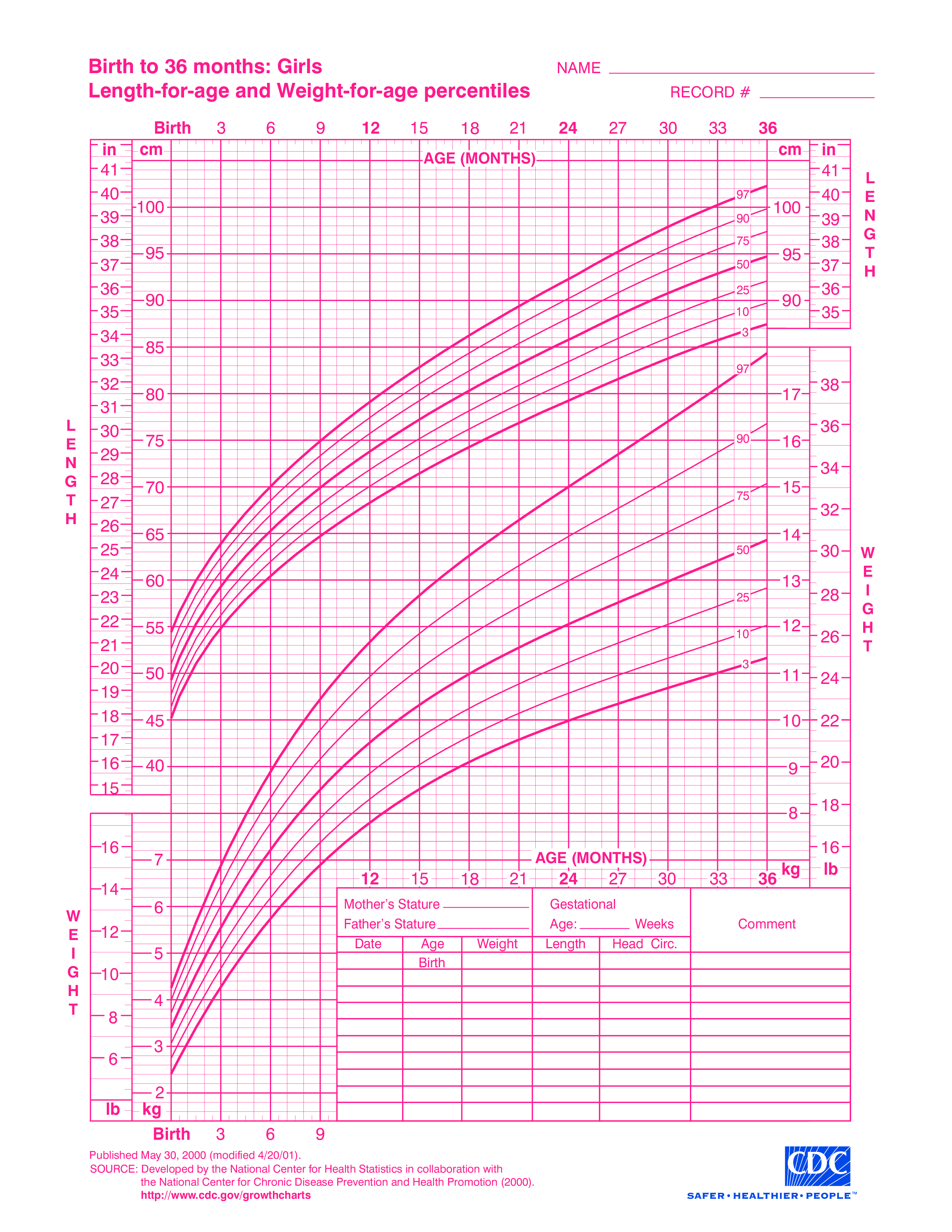 Source: bing.com
Source: bing.comAs a new parent, it’s natural to want to keep track of your baby girl’s physical and cognitive development. While every child grows and develops at their own pace, understanding the typical milestones can offer valuable insights into what to expect, and how to support your little one’s growth.
Table of Contents
What Is a Baby Girl Development Chart?
A baby girl development chart is a tool that tracks your baby’s progress across a range of key developmental areas such as their motor skills, speech and language, cognitive abilities, and emotional development. These charts are typically separated into age brackets and provide a general timeline for the typical milestones that most babies reach at each stage.
Understanding the Baby Girl Development Chart
While every baby girl is unique and will develop at their own pace, there are some general guidelines that can help you understand what to expect as your little one grows. Here is a breakdown of some of the key developmental areas to look out for:
Motor Skills
Motor skills refer to your baby’s ability to move and control their body. This includes everything from rolling over and sitting up to crawling and walking. Here are some typical milestones for motor skills:
- 2 months: Lifts head while lying on stomach
- 4 months: Rolls over from stomach to back
- 6-7 months: Sits up without support
- 8-9 months: Crawls or scoots
- 12 months: Takes first steps
Speech and Language
Speech and language refer to your baby’s ability to communicate through sounds, words, and gestures. Here are some typical milestones for speech and language:
- 2 months: Cooing and making vowel sounds
- 6 months: Babbling and making consonant sounds
- 12 months: Saying simple words like “mama” and “dada”
- 18 months: Using simple phrases
- 2 years: Using 2-3 word sentences
Cognitive Abilities
Cognitive abilities refer to your baby’s ability to think, learn, and understand the world around them. Here are some typical milestones for cognitive abilities:
- 2-3 months: Recognizes familiar faces and objects
- 6-9 months: Understands object permanence (the idea that objects exist even when they can’t be seen)
- 12 months: Can follow simple directions
- 18 months: Understands cause and effect
- 2-3 years: Can sort objects by shape and color
Emotional Development
Emotional development refers to your baby’s ability to manage their emotions and interact with others. Here are some typical milestones for emotional development:
- 2-4 months: Begins to smile in response to others
- 6-8 months: Shows fear of strangers
- 12-18 months: Starts to show empathy for others
- 2-3 years: Begins to understand and express their own emotions
- 4-5 years: Can understand and manage complex emotions like jealousy and frustration
Why Use a Baby Girl Development Chart?
While there is no perfect way to track your baby girl’s development, using a development chart can be a helpful tool for several reasons:
- Allows you to see how your child is progressing compared to other children their age
- Helps identify any areas where your child may be falling behind
- Provides a general guideline for what to expect as your child grows
- Offers insights into how to support your child’s growth and development
- Helps you celebrate your child’s milestones and accomplishments
Conclusion
Using a baby girl development chart is a helpful way to keep track of your little one’s progress as they grow and develop. Remember to keep in mind that every child is unique and will develop at their own pace – so don’t worry if your child isn’t hitting every milestone right on schedule. The most important thing is to provide a safe and nurturing environment that supports your child’s growth and development, and to celebrate their accomplishments along the way!
Frequently Asked Questions
What is a baby girl development chart?
A baby girl development chart is a tool that tracks your baby’s progress across a range of key developmental areas such as their motor skills, speech and language, cognitive abilities, and emotional development.
Why use a baby girl development chart?
Using a development chart can be a helpful tool for several reasons, including allowing you to see how your child is progressing compared to other children their age, identifying any areas where your child may be falling behind, and providing a general guideline for what to expect as your child grows.
What are some typical milestones for motor skills?
Some typical milestones for motor skills include lifting the head while lying on the stomach at 2 months, crawling or scooting at 8-9 months, and taking first steps at 12 months.
What are some typical milestones for speech and language?
Some typical milestones for speech and language include babbling and making consonant sounds at 6 months, saying simple words like “mama” and “dada” at 12 months, and using 2-3 word sentences at 2 years.
What are some typical milestones for emotional development?
Some typical milestones for emotional development include showing fear of strangers at 6-8 months, starting to show empathy for others at 12-18 months, and understanding and managing complex emotions like jealousy and frustration at 4-5 years.
